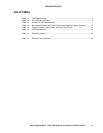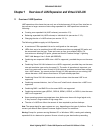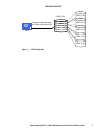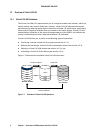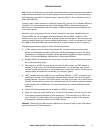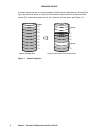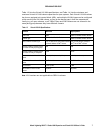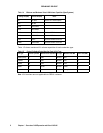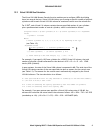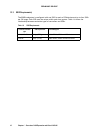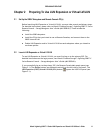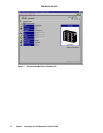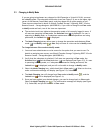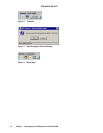
PRELIMINARY RELEASE
Hitachi Lightning 9900™ V Series LUN Expansion and Virtual LVI/LUN User’s Guide 7
Table 1.3 lists the Virtual LVI/LUN specifications, and Table 1.4 lists the minimum and
maximum Virtual LVI/LUN volume capacities for open systems. Each Virtual LVI/LUN volume
has its own assigned unit control block (UCB), and multiple LVI/LUN types can be configured
within each Virtual LVI/LUN volume, so long as the device type is from the same device
family (e.g. all open volumes, or all 3390s). Open and 3390 volumes are not allowed in the
same parity group because they have different formats.
Table 1.3 Virtual LVI/LUN Specifications
Parameter Mainframe Open Systems
Track format 3390 OPEN-3, OPEN-8, OPEN-9, OPEN-E
Emulation type
3390-3, -3A, -3B, -3C, -3R, -9, -L
OPEN-3, OPEN-8, OPEN-9, OPEN-E
Ability to intermix emulation type Yes, for 3390. No for open-system volumes
or Hitachi SANtinel - S/390
®
volumes
Yes, by track geometry (except for
AIX
®
). No for 3390
®
volumes.
Maximum number of volumes (normal
and Virtual LVI/LUN) per parity group
256 256
Maximum number of volumes (normal
and Virtual LVI/LUN) per subsystem
8,192 8,192
Minimum size for one Virtual LVI/LUN
volume
1 user cylinder (+ control cylinders) 35 MB (+ control area)
Maximum size for one Virtual LVI/LUN
volume
See Table 1.5 See Table 1.5
Size increment 1 user cylinder 1 MB
Disk location for Virtual LVI/LUN
volumes
Anywhere Anywhere
Note: VLL functions are not applicable to OPEN-L volumes.



